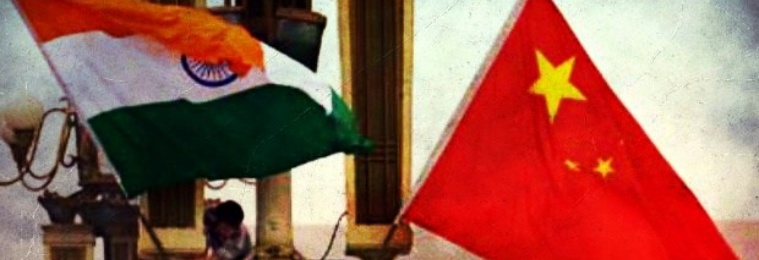New Delhi: India’s withdrawal from Asia’s mega free trade pact is a “historical mistake” and re-joining RCEP would require “strong leadership” and more domestic reforms, Chinese experts said on Friday.
Earlier this month at Bangkok, Prime Minister Narendra Modi informed his counterparts from 15 participating countries that India will not join the agreement. Indian officials had stated that “significant issues of core interest” remained unresolved.
While Modi had not named any country, Indian official sources had made it clear that one of the sticking points had been “inadequate protection against import surge from countries like China”.
Two weeks later, a Chinese think-tank delegation visiting India felt that India should reconsider its decision on withdrawal from the RCEP.
“We all think that India has made historical mistake. India should join RCEP,” said director of China Institute at Fudan University, professor Zhang Weiwei.
He asserted that even in the manufacturing sector, India can be competitive. “China is moving up the higher value chain and shifting a lot of labour-intensive industries to other countries. There is opportunity for India as well,” Zhang in an interaction, facilitated by the Chinese embassy, with a group of Indian journalists on Friday evening.
Another delegation member, professor Zhu Caihua also felt that India’s decision was not driven by economic factors, but rather domestic realpolitik. “I think whether or not to join RCEP for India is not a matter of economic calculation or calibration, but a matter of politics at your home,” said Zhu, deputy director at Institute of Foreign Trade, Chinese Academy of International Trade and Economic Cooperation, affiliated to the Chinese commerce ministry.
Also Read: India Was Right to Walk Away from RCEP, But What Comes Next?
She asserted that India required a bolder stance to “leverage” RCEP. “For India, if you really want to leverage RCEP or make full use of RCEP, it calls for strong leadership, good governance and further reforms at home. Only this way can India realise its goal of industrialisation and go further rejuvenation as a civilised nation”.
The RCEP summit joint statement had said that India’s “final decision” will depend on the “satisfactory resolution” of the unresolved issues. Meanwhile, the leaders of the 15 countries announced that they had completed the text-based negotiations and instructed legal scrubbing of the agreement in preparation for the signing next year.
Three major benefits
According to Zhu, there were three major benefits for India from joining RCEP.
“First, joining RCEP will allow India to have more competitive local and enterprises. I understand that joint RCEP will put much pressure on the import competitive sectors, but economic theories and even common sense tells us that protection will never create great enterprises,” she said.
When pointed out that China had adopted a protectionist policy too, Zhu asserted that China’s experience in the past four decades had been to open doors, so that Chinese companies can be competitive and grow faster.
The second benefit for India to join RCEP, as per Zhu, would be its impact on the industrialisation process.
Also Read: Why India Shouldn’t View its Refusal to Join RCEP as a Victory
“RCEP being the largest FTA in the world will provide a huge market, investment and frontier technology, like 5G from China’s Huawei. All these factors are quite necessary for India to speed up its industrialisation process. RCEP is the whole package for India to be integrated into the regional network”.
Plugging into RCEP, she added, also meant part of larger strategic Asian sphere. “The third benefit is for India to achieve the goal of the Asian century with East Asia. I understand that India put forward the Look East policy because East Asia is the most promising region in the world in the century. East Asia cannot alone make the Asian century, neither can India alone,” she said.
‘Not stepping back’
Earlier on Thursday, India’s external affairs minister S. Jaishankar had asserted that India’s RCEP decision was “not stepping back from the Act East policy, which in any case is deeply rooted in distant and contemporary history”.
“Our cooperation spans so many domains that this one decision does not really undermine the basics. Even in trade, India already has FTAs with 12 out of the 15 RCEP partners. Nor is there really a connection with our Indo-Pacific approach, as that goes well beyond the RCEP membership,” he added.
Delivering the fourth Ramnath Goenka memorial lecture, he asserted that debate on joining RCEP or FTA “should not be confused for grand strategy”.
“The recent debate about the RCEP offers lessons in foreign policy as much as in the trade domain. On the one hand, we should not go back to the old dogmas of economic autarky and import substitution. But at the same time, embracing the new dogma of globalisation without a cost-benefit analysis is equally dangerous,” he said.




